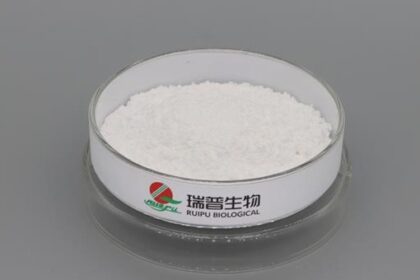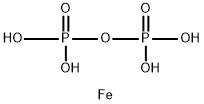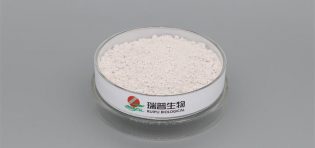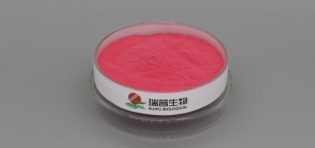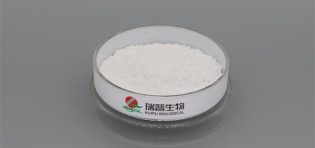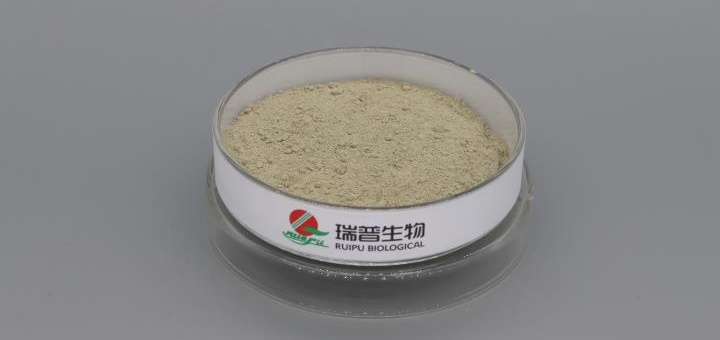
Ferrous gluconate, as an organic iron supplement with high bioavailability and low gastrointestinal irritation, is widely used in foods for special medical purposes (such as preterm infant formula, post-operative nutritional preparations, and special diets for patients with iron-deficiency anemia). Its formula design needs to integrate the physiological characteristics, nutritional needs of the target population, and product formulation properties to balance iron supplementation efficacy with safety and palatability.
I. Core Principles of Formula Design
Precisely Meeting Iron Requirements
The iron requirements of people consuming foods for special medical purposes (e.g., preterm infants, patients with chronic kidney disease, and those in post-operative recovery) differ significantly from the general population. For example, preterm infants, with insufficient iron reserves at birth, may require 2-4 mg/kg of iron daily. The amount of ferrous gluconate added to the formula must be accurately calculated based on this demand, avoiding both iron deficiency (which can cause anemia and growth retardation) and excessive intake (which may trigger oxidative stress or interfere with the absorption of other minerals like zinc and copper).
Maximizing Bioavailability
Although ferrous gluconate, as an organic iron, has a higher absorption rate than inorganic iron (e.g., ferrous sulfate), its absorption may still be affected by other components in the formula. The design should avoid factors that inhibit iron absorption: for instance, reducing the addition of phytates and tannins (common in plant-based raw materials). Additionally, it can be paired with vitamin C (50-100 mg of vitamin C per 100 mg of iron) to convert Fe³⁺ to more absorbable Fe²⁺ through reduction, thereby improving absorption efficiency.
Balancing Safety and Tolerability
Special populations (such as post-operative patients with weak gastrointestinal function or preterm infants) have poor tolerance to iron supplements. Excessive dosage or inappropriate formulations may cause discomfort like bloating and diarrhea. The addition of ferrous gluconate in the formula should control the single dose (usually 2-3 times daily, with a single dose not exceeding 20 mg of elemental iron) and use technologies like microencapsulation to reduce direct irritation to the gastrointestinal mucosa.
II. Population-Specific Formula Adaptation Design
Formulas for Preterm/Low-Birth-Weight Infants
Preterm infants have immature gastrointestinal function, so formulas must balance iron supplementation and digestive tolerance. The amount of ferrous gluconate added is typically 0.3-0.6 mg/100 kcal (calculated as elemental iron) and is paired with nutrients similar to breast milk components: for example, adding lactoferrin (0.3-1.0 g/L) to assist iron absorption and enhance immunity. Meanwhile, high calcium content is avoided (calcium-iron molar ratio controlled within 10:1) to prevent calcium’s competitive inhibition of iron absorption. Formulations are mostly liquid or easily soluble powders to reduce swallowing and digestive burdens.
Nutritional Preparations for Post-Operative/Trauma Recovery
Post-operative patients often experience anemia and low immunity, so formulas must meet both iron supplementation and energy supply needs. Ferrous gluconate can be combined with high protein (whey protein or hydrolyzed protein, accounting for 15%-20% of total energy) and high fat (medium-chain triglycerides accounting for over 30% for rapid energy supply). The iron addition is 15-30 mg of elemental iron daily, increasing in stages (low dosage in 1-3 days post-operation, gradually increasing after adaptation). Additionally, glutamine (0.3-0.5 g/kg body weight) is added to protect the intestinal mucosa and reduce potential intestinal discomfort caused by iron supplements.
Special Diets for Patients with Iron-Deficiency Anemia
For iron-deficiency anemia caused by chronic blood loss or absorption disorders, formulas focus on efficient iron supplementation. The elemental iron content of ferrous gluconate can be increased to 20-40 mg daily, while folic acid (400-600 μg/d) and vitamin B₁₂ (2-3 μg/d) are fortified to synergistically promote red blood cell production. To improve palatability (iron supplements tend to have a metallic taste), natural fruit juice powders (e.g., apple, citrus) can be added to mask the odor, or chewable tablets and oral liquids can be used to enhance patient compliance.
III. Impact of Formulation and Process on Formula Efficacy
Formulation Selection
Liquid preparations (e.g., oral nutritional solutions): Suitable for people with dysphagia or extremely poor gastrointestinal function. Ferrous gluconate must be dissolved and stabilized in an acidic environment with pH 3.5-5.0 (to prevent Fe²⁺ oxidation to Fe³⁺, which causes precipitation). Organic acids like citric acid can be added to adjust pH, along with antioxidants (e.g., vitamin E) to prevent iron oxidation and discoloration.
Powders/tablets: Particle size must be controlled (e.g., micronized to 5-10 μm) to ensure dissolution rate and absorption efficiency. Tablets can use sustained-release technology to extend iron absorption time in the intestines and reduce side effects caused by excessively high peak concentrations.
Process Optimization
Production must avoid high temperatures (over 80℃ may cause ferrous gluconate decomposition), using low-temperature spray drying or freeze-drying techniques. During mixing, iron supplements must be evenly dispersed to prevent localized high concentrations that cause oxidation or precipitation. Additionally, packaging should use light-proof containers (e.g., brown glass bottles) to prevent iron oxidation and inactivation due to light exposure.
IV. Considerations in Formula Design
Avoiding Contraindicated Ingredients: Avoid co-formulation with tetracycline antibiotics, antacids, etc. (administration interval must be ≥2 hours) to prevent the formation of insoluble complexes that affect absorption.
Adjusting for Individual Differences: Dynamically adjust iron dosage based on the patient’s serum ferritin level and hemoglobin value. For example, increase the dosage when serum ferritin <12 μg/L, and gradually reduce to a maintenance dose after normalization.
Regulatory Compliance: Adhere to national standards for foods for special medical purposes (e.g., GB 29922) to ensure iron content is within the allowed range (e.g., 0.4-1.5 mg/100 kcal for total nutritional formulas).
The formula design of ferrous gluconate in foods for special medical purposes must be population-oriented, achieving precise dosage, synergistic ingredients, and suitable formulations. While ensuring iron supplementation efficacy, it maximizes safety and tolerability, providing scientific nutritional support for special populations.

